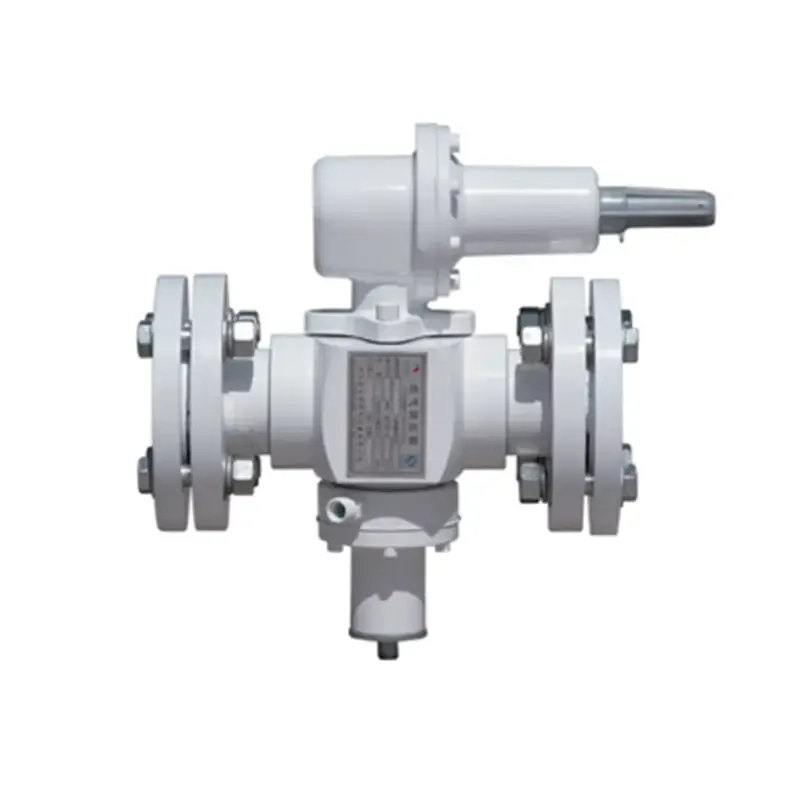
Oct . 04, 2024 21:24
Back to list
Measuring Gas Concentrations for Environmental Monitoring and Safety Assessments
Measuring Gas A Comprehensive Overview
When it comes to the study and utilization of gases in various fields, accurate measurement is crucial. The importance of gas measurement extends across multiple sectors, including environmental monitoring, industrial processes, and energy production. Understanding how gas measurement works can help ensure safety, optimize processes, and inform policy decisions regarding air quality and emissions.
Understanding Gas Measurement
The fundamental principle of gas measurement involves quantifying the volume, pressure, temperature, and composition of gas. Various tools and methodologies exist to achieve accurate measurements. The most common units used in gas measurement are cubic meters (m³) for volume, Pascals (Pa) or atmospheres (atm) for pressure, and degrees Celsius (°C) or Kelvin (K) for temperature.
In many applications, gas detection devices are employed to assess the concentration of specific gases within a mixture. For example, in environmental monitoring, sensors can detect levels of pollutants like carbon dioxide (CO2), methane (CH4), and nitrogen oxides (NOx). These measurements are essential for assessing air quality and implementing regulatory standards.
Types of Gas Measurement Techniques
1. Manometric Methods This classic technique uses a manometer to measure the pressure changes caused by gas in a closed system. Variations in pressure can be related to volume changes based on the ideal gas law, allowing researchers to determine specific gas amounts.
.
3. Spectroscopy This advanced method analyzes the interaction of gas molecules with electromagnetic radiation. Techniques such as infrared (IR) and ultraviolet (UV) spectroscopy can identify gas types and concentrations based on their absorption characteristics.
قياس الغاز

4. Electronic Sensors Modern gas detection heavily relies on electronic sensors. These devices use various technologies, including electrochemical, catalytic, and photoionization methods, to quickly and accurately measure gas concentrations.
Importance of Accurate Gas Measurement
Accurate gas measurement is vital for several reasons
- Environmental Protection Monitoring greenhouse gas emissions is essential for climate change mitigation strategies. Governments and institutions rely on gas measurements to enforce regulations aimed at reducing pollution.
- Safety In industrial settings, knowing the accurate concentration of combustible or toxic gases can prevent hazardous situations. For example, methane sensors in mines help ensure worker safety by detecting dangerous gas levels early.
- Energy Management In the energy sector, accurate gas measurement ensures efficient fuel combustion and compliance with environmental standards. Technologies that measure the calorific value of gases contribute to optimizing energy production processes.
Conclusion
Measuring gas is a critical function that serves many purposes, from ensuring environmental safety to optimizing industrial processes. As technology progresses, the methods of gas measurement become increasingly sophisticated, allowing for more accurate and timely data collection. As society continues to confront issues related to air quality and climate change, the role of gas measurement will remain paramount in informing policy decisions and enhancing safety across various sectors. Understanding and implementing effective gas measurement techniques will be key to fostering a sustainable future.
Next:
Latest news
-
Safety Valve Spring-Loaded Design Overpressure ProtectionNewsJul.25,2025
-
Precision Voltage Regulator AC5 Accuracy Grade PerformanceNewsJul.25,2025
-
Natural Gas Pressure Regulating Skid Industrial Pipeline ApplicationsNewsJul.25,2025
-
Natural Gas Filter Stainless Steel Mesh Element DesignNewsJul.25,2025
-
Gas Pressure Regulator Valve Direct-Acting Spring-Loaded DesignNewsJul.25,2025
-
Decompression Equipment Multi-Stage Heat Exchange System DesignNewsJul.25,2025

